Last year, student achievement took a huge hit in most districts nationwide due to the impact of COVID-19. At the time, I was a school principal at a low-income, high-needs school, and we had many challenges to overcome as we hired staff members and prepared our extended learning summer program. Like school administrators nationwide, student enrollment numbers remained low, and hiring was a huge obstacle, with educators reluctant to continue their work into the summer despite being offered monetary incentives.
Many families, educators, and students were exhausted and uninterested in summer learning despite the availability of this valuable opportunity. While low student enrollment was unfortunate when viewed through the lens of educators, the small class sizes taught by master teachers had huge advantages for those students who did participate in high-quality programs, giving them the extended learning needed to make achievement gains.
Now that we are well into a new school year, all educators are collaboratively reflecting, planning, and designing opportunities so that students’ learning can significantly accelerate. Significant research exists regarding the components of an effective extended learning program, so we know what works best for students in these intentionally designed learning environments.
Not surprisingly, best practices that result in student growth and achievement remain best practices regardless of whether they are set in an everyday classroom or a specifically designed extended learning program. Before exploring the structure of the extended learning program, let’s first explore the five key components found within an effective opportunity, which include:
- Highly qualified teachers who are passionate, fully certified, committed to professional growth & development, and dedicated to collaboration with their instructional leadership/coaching team.
- Intentionally designed curriculum & instruction that results in quality Tier 1 instruction that is rigorous and data-driven.
- Effective instructional minutes that maximize the school day through consistent routines, procedures, and expectations that limit disruptions to the learning environment such as transitions, instruction, behavior correction, and more allow for more time spent on learning.
- Low class sizes that allow individualized student needs to be met within a comfortable and inviting learning environment.
- High levels of student engagement created by quality lesson plans and activities, a positive school and classroom climate and culture, and meaningful family and community partnership, which results in high student attendance rates and an enthusiasm for learning.
These five components of an effective extended learning opportunity allow educators to design, plan, and implement an effective program. When considering the type of extended learning opportunity that will be provided, there are many creative solutions, each with its own benefits and challenges to be weighed carefully during the decision-making and planning process. This prerequisite work ensures that each school and district creates a program unique to their needs and that the subsequent expected student outcomes manifest. When the five components of an effective learning opportunity drive the design of a school or district plan, educators can move students toward academic growth and achievement gains.
Here are eight research-based extended learning opportunities that work!
- Opportunities Within the School Day: It takes creativity and dedication to stretch instructional minutes to accommodate additional student learning opportunities within the school day. But research has found that extended learning opportunities during the regular school day are by far the most effective, so this best practice is certainly worth the effort. Many schools have implemented practices such as a school-wide intervention and enrichment time, horizontal and vertical flexible grouping across teams and grade levels, mentorship/tutoring programs, and more. Frequently, additional staff members are utilized and even hired to support this strategic plan to impact growth and performance. The key to success is using data to strategically target students based on their specific needs within a small group setting using quality activities.
- Extended School Days: Many school districts have elected to extend their school day by adding additional minutes before and/or after school. While this time is typically minimal, adding 15-30 minutes each day, when used effectively this time can significantly impact student achievement. The key benefits to this type of extended learning opportunity are that this is still required, not optional, attendance time for students. Plus the day does not become so long that students and teachers are exhausted and consequently disengaged.
- Extended School Week: Weekend programs, most commonly in the form of Saturday school, are usually held for a few hours in smaller class settings, targeting specific skills with master teachers. Typically, these opportunities are by invitation to the students with the greatest need and designed to target specific content and skills. Due to the impact of COVID-19, some schools have become more creative in their offerings. This includes virtual opportunities where students work online in a remote setting, outside the physical school environment, with a live teacher available to provide additional support.
- Expanded School Year: Some districts have elected to extend the days of instruction included on their school calendar to create an extended school year. This decision has the added bonus of mitigating the potential impact of a “summer slide” in student achievement by reducing the number of days students would otherwise go without instruction and learning. Frequently, districts will build in additional breaks ranging from one to two weeks so that students and families still have plenty of time off without the long gaps of instruction and learning created with months away from a classroom as is typical in a traditional school calendar.
- School Break Programs: These are other popular forms of extended learning provided during breaks such as the summer, winter, and spring. Attendance is difficult to require during these breaks, so districts and schools are careful to create engaging programs for all students, ranging in content and rigor, to prompt participation and attendance. Students are often invited to participate in these programs depending on their academic needs and the available space. However, due to the impact of COVID-19 and the resulting unfinished learning, the opportunity to participate has most commonly been extended to all students.
- Before and After School Programs: Before and after school programs are frequently popular with families. These programs vary depending on whether the services are contracted out to other childcare providers or an extension of the school and district. These programs can range from being a paid service available for those families that voluntarily enroll or can be provided at no cost to targeted students that have been identified based on need. In either case, these programs are typically cross-curricular, combining academics with diverse and varied enrichment opportunities that are motivating and engaging for students.
- Digital/Online Learning: With the abundance of high-quality online programs and student technology available at most schools, extended learning opportunities online continue to grow in popularity. Students can utilize these online learning programs in various settings, whether physically in a school building, with or without additional teacher support, or off-campus in an alternate environment. The accessibility of these programs, combined with the benefits of engaging students, makes these extended learning opportunities an easy way to provide additional learning for all students. Included in most of these online platforms is the added benefit of generating student data for teacher, family, and student analysis, as well as the ability to individualize content and skills covered based on the learners’ performance and readiness as they progress through the skills covered in the various activities and lessons.
- Tutoring/Mentoring: Tutoring and mentoring extended learning opportunities can be provided before, after, or during the school day. These programs are most commonly provided individually and/or in small groups for students identified based on data and their need for additional academic and behavioral support. Specific instructional resources are typically provided with the necessary training needed. Additional educators, including teachers, school staff members, and community volunteers, are often utilized to provide this service to students.
A school and district program choice is driven by a combination of factors such as funding, resources, staffing, legal and policy parameters, expectations, and most importantly the specific needs of the student population being served. It is not uncommon to see the use of several of these programs simultaneously within a school or district which is likely to increase effectiveness and participation giving students multiple opportunities to find the program that best suits their needs.
A lot goes into designing an amazing extended learning opportunity for students and the task can appear overwhelming! School Specialty has the resources needed to ensure that these programs are successful. Having the right tools and products give educators the time, security, and confidence needed to focus on delivering incredible instruction. Within these tools exist a wide range of diverse materials that address the learning needs of all students with rigorous, hands-on, and authentic activities that are engaging and fun for learners. Explore below for some of our wonderful offerings:
Laura Nicole Hill
Nicole has served within the field of education for 16 years as a classroom teacher, specialist, assistant principal, and principal. She is certified as an educator in the areas of EC-12 Principal, EC-8 Generalist, 8-12 English Language Arts, Reading, and Social Studies, EC-12 Special Education, EC-12 Gifted and Talented, and EC-12 English as a Second Language. Her school experience varies and includes work with students in prekindergarten through 12th grade, both in Texas and Europe, and within communities that were uniquely diverse in terms of their demographics, size, and campus needs. While serving in these roles, she developed expertise in the areas of curriculum and instruction, professional development, and leadership. As the Instructional Solutions Subject Matter Expert for School Specialty, she provides expertise in the areas of Literacy and Math, as well as other content areas and classroom resources.
Read more by Laura Nicole Hill–>

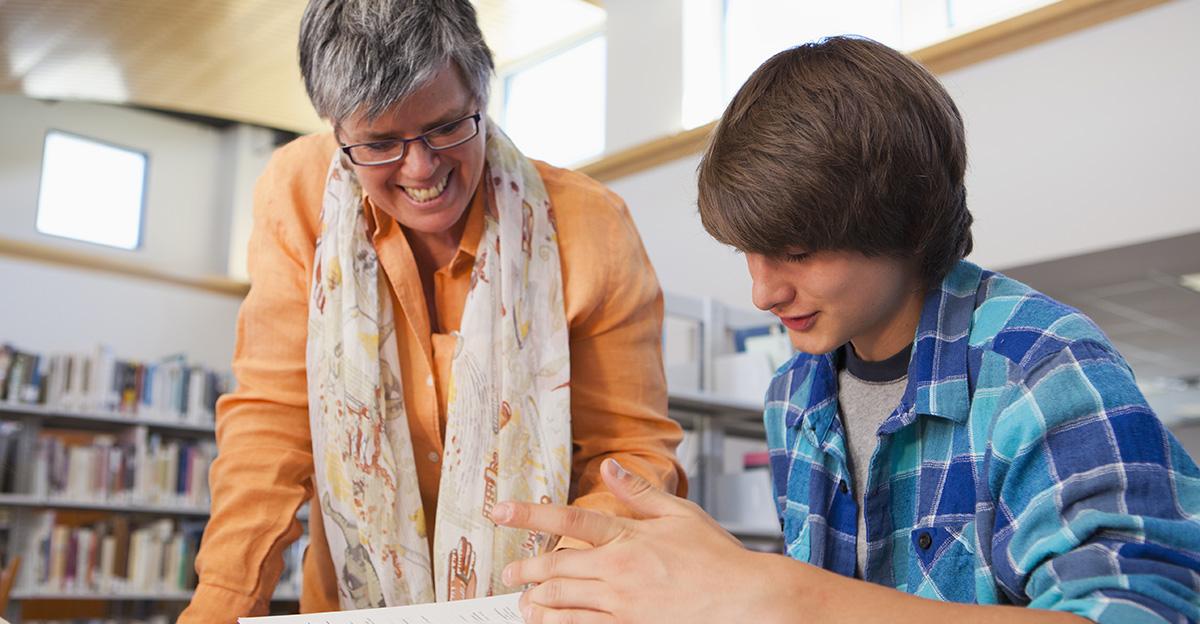

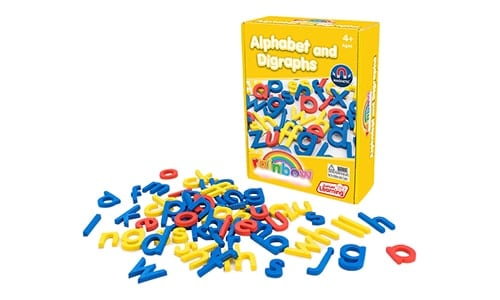
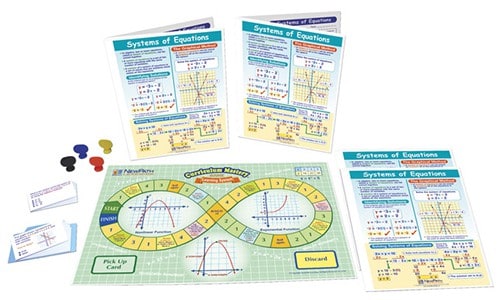
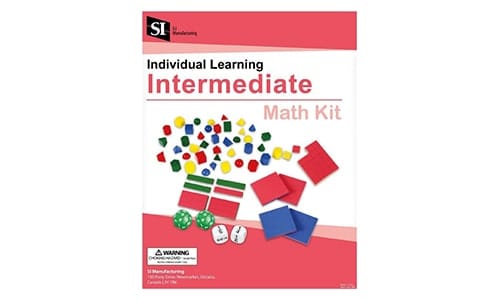


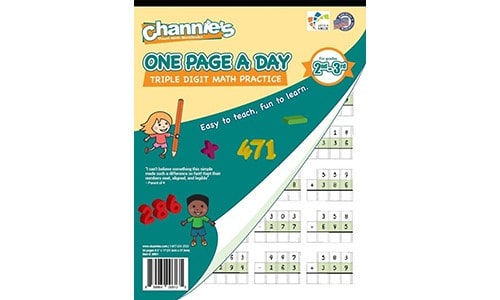
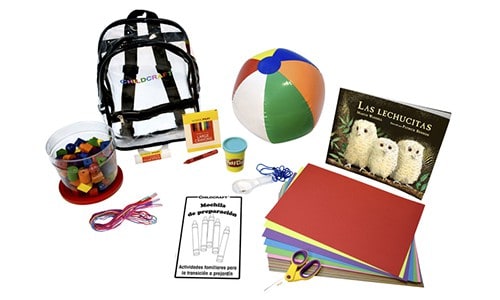
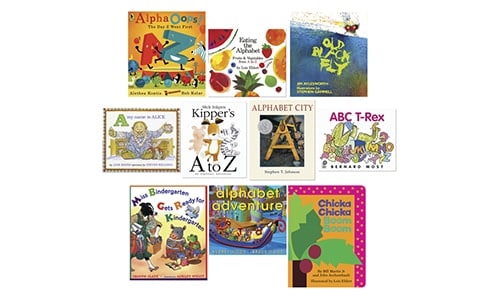
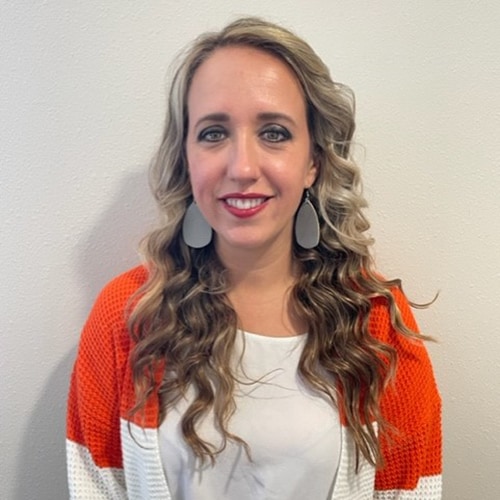


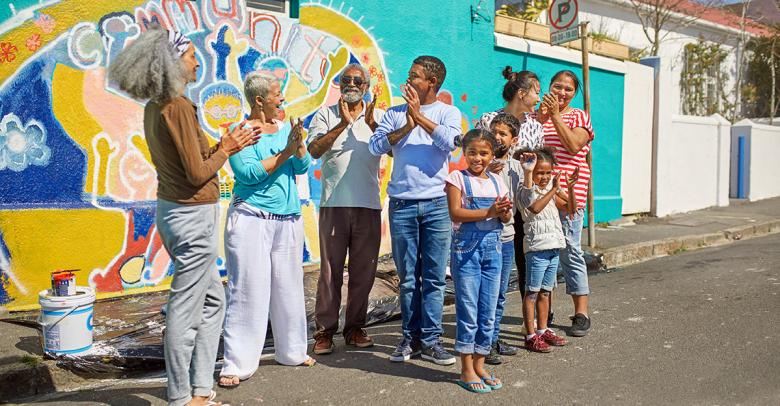
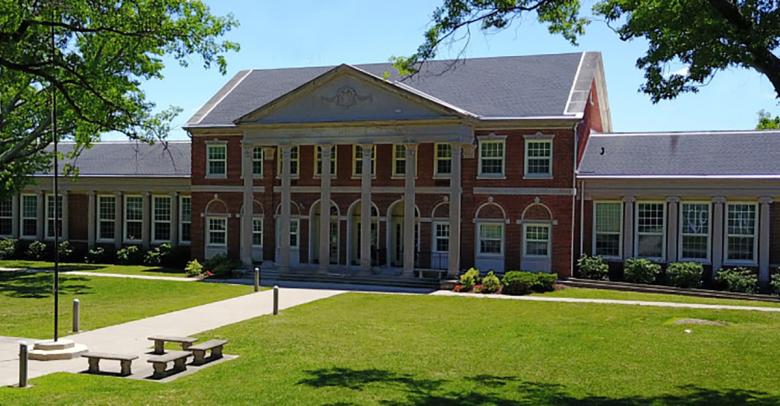
Fantastic insights on evidence-based extended learning opportunities. Your comprehensive overview of strategies that effectively support student advancement is both inspiring and practical. Thanks for highlighting these impactful approaches that can truly make a difference in educational outcomes.